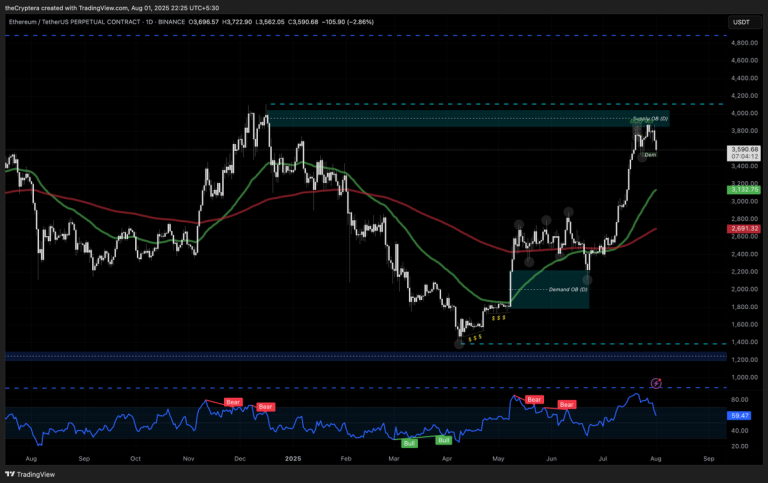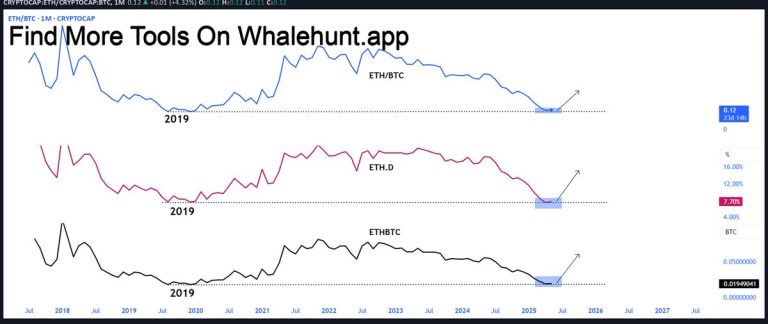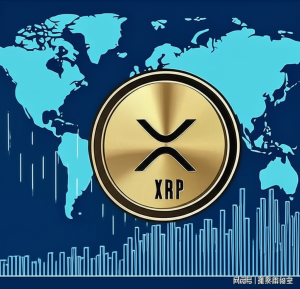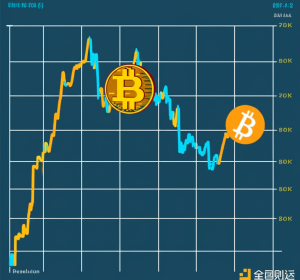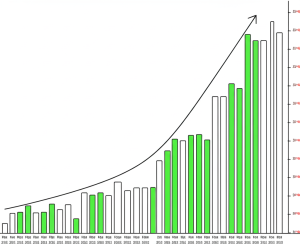
Ethereum, the second-largest cryptocurrency by market capitalization, has recently seen its price approach a 17-month low. This decline has sparked a variety of reactions from investors and analysts, who are closely monitoring the situation for potential opportunities and risks. The current price of Ethereum stands at approximately $1,785.68, reflecting a significant drop from its all-time high of $4,721.07. This price movement has led to a mix of caution and optimism within the crypto community.
Investor Behavior and Market Sentiment
Investors are capitalizing on the current low prices, viewing the dip as a buying opportunity. Despite the short-term price fluctuations, there is a notable trend of accumulation. For instance, when Ethereum dropped to $2,486, there was strong accumulation, with 786,660 ETH bought at $2,632. This behavior signals investor confidence in the long-term potential of Ethereum, even as the price continues to decline in the short term.
The Crypto Fear and Greed Index, which measures market sentiment, has hit 25, indicating a state of fear. However, analysts suggest that this fear is driven more by recency bias rather than long-term trends. Recency bias occurs when investors overemphasize recent events, leading to exaggerated reactions. In this case, the recent price drops have caused panic, but a closer look at the fundamentals of Ethereum may reveal a different story.
Technical Indicators and Market Metrics
One key metric to consider is the MVRV Z-Score, which assesses whether Ethereum is overvalued or undervalued. Currently, the MVRV Z-Score for Ethereum has dropped to its lowest level in 17 months, indicating that the cryptocurrency is significantly undervalued. This metric suggests that the current price does not reflect the true value of Ethereum, presenting a potential buying opportunity for investors.
Another important factor is the 24-hour trading volume, which currently stands at $15.877 billion. High trading volumes during a price decline can indicate strong market activity and liquidity, which are positive signs for investors. The high trading volume suggests that despite the price drop, there is significant interest and activity in the Ethereum market.
Long-Term Prospects and Market Recovery
While the short-term outlook for Ethereum may seem bleak, the long-term prospects remain promising. Ethereum has been battling to maintain price stability above the $1,900 mark, and recent accumulation trends indicate that investors are confident in its future. The failure to break above certain price levels has led to short-term fluctuations, but these are often part of the natural market cycle.
Historical data shows that Ethereum has recovered from similar lows in the past. For example, after previous significant drops, Ethereum has often seen substantial recoveries driven by increased adoption, technological advancements, and market sentiment shifts. The current low price could be a temporary setback, and investors who capitalize on this opportunity may see significant returns in the future.
Conclusion
The current price decline of Ethereum to a 17-month low presents a unique opportunity for investors. Despite the short-term price fluctuations, there are strong indicators of long-term potential. The MVRV Z-Score suggests that Ethereum is undervalued, and the high trading volume indicates significant market activity. Investors are capitalizing on the low prices, signaling confidence in Ethereum’s future. While the short-term outlook may be uncertain, the long-term prospects remain promising. As the market continues to evolve, Ethereum’s fundamentals and investor behavior will play crucial roles in its recovery and future growth.

